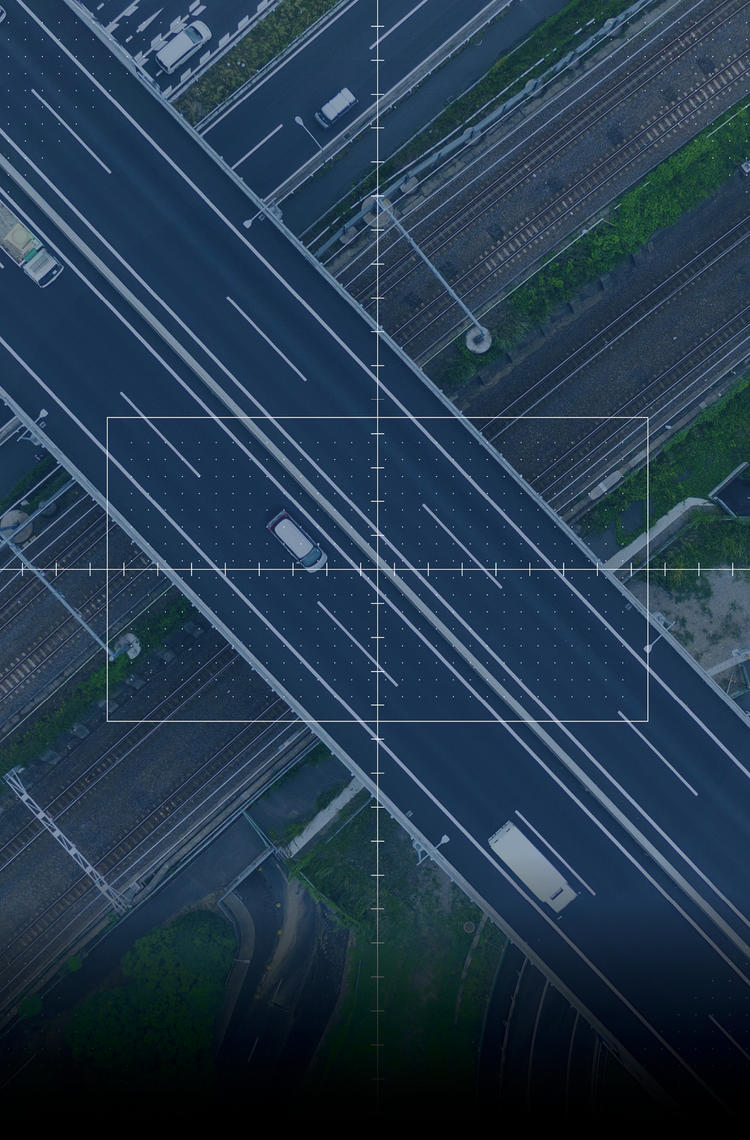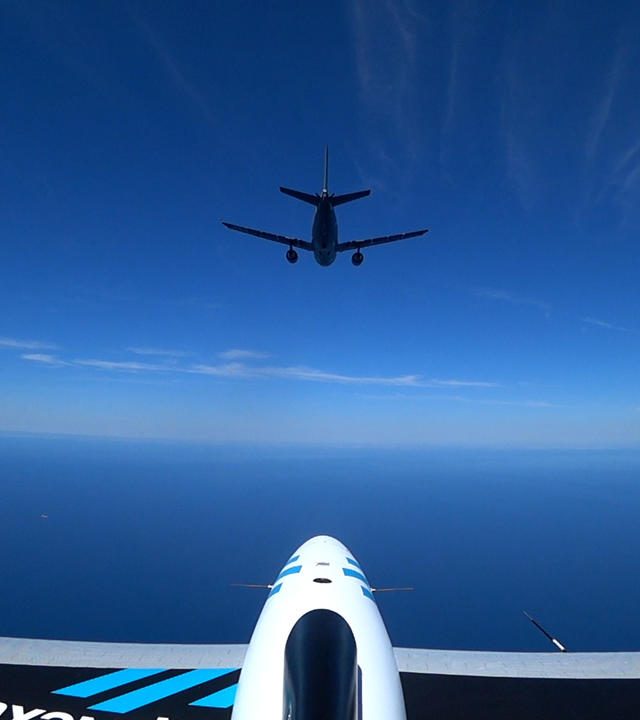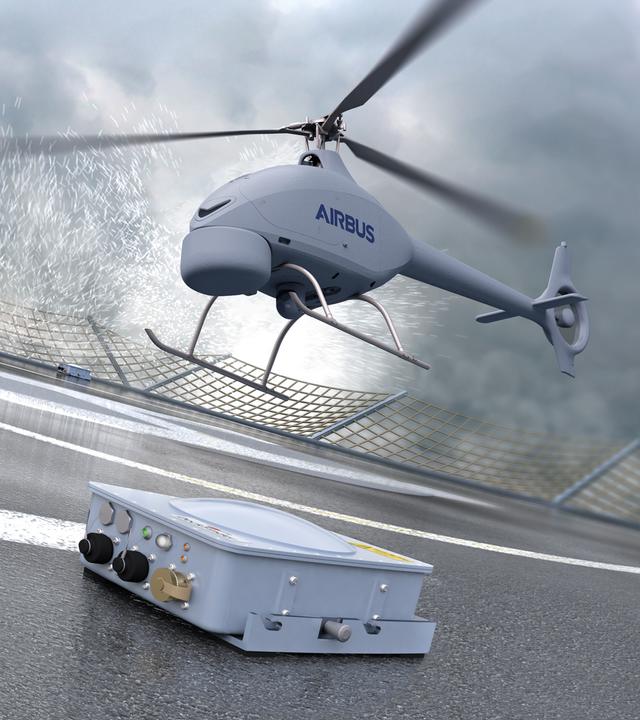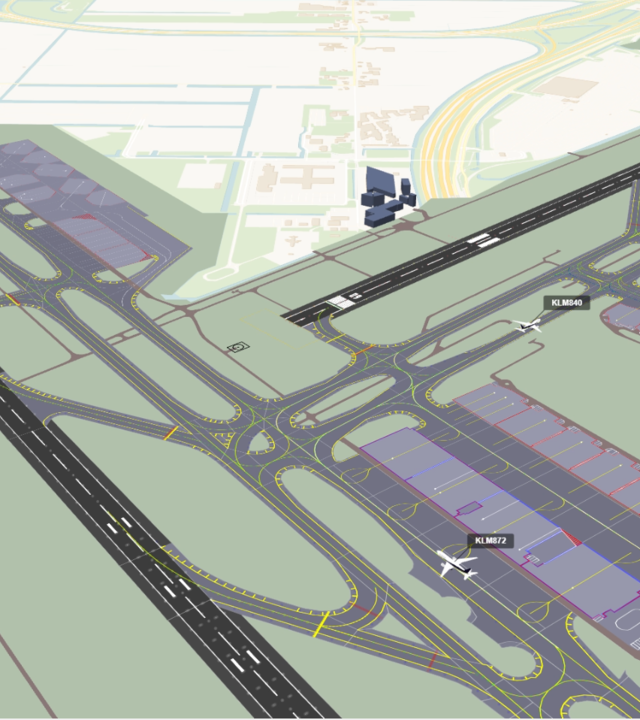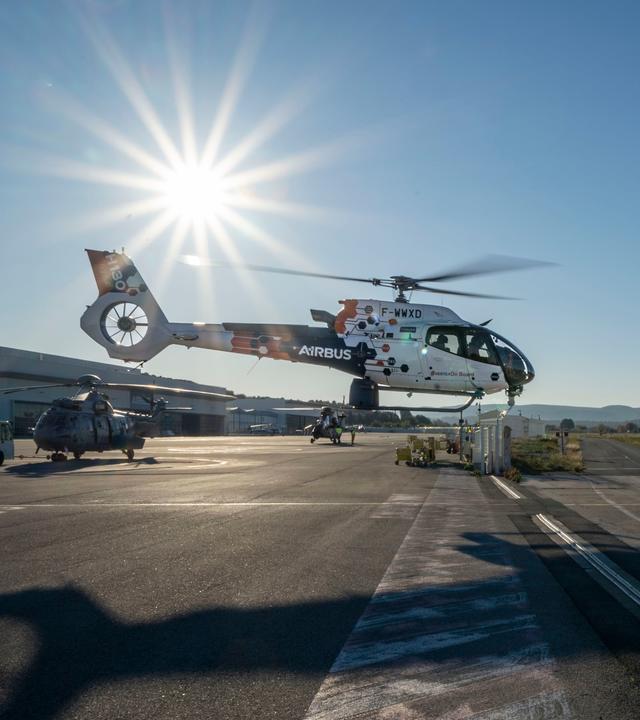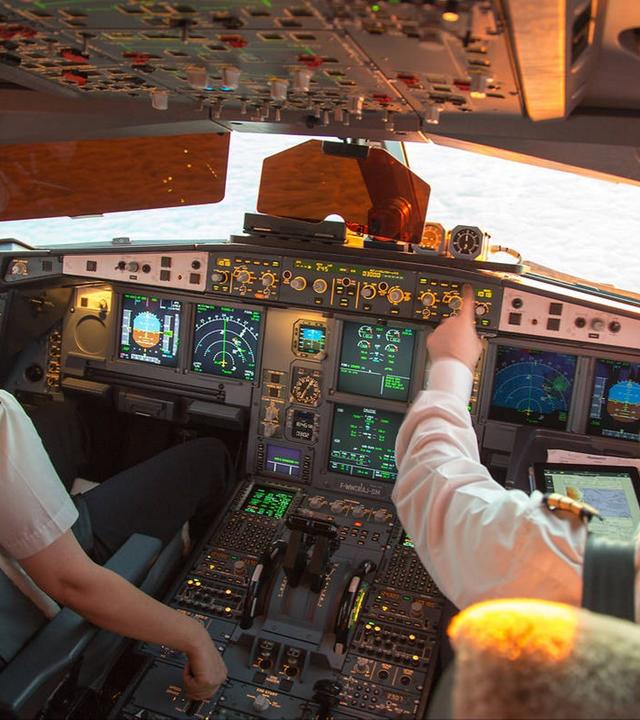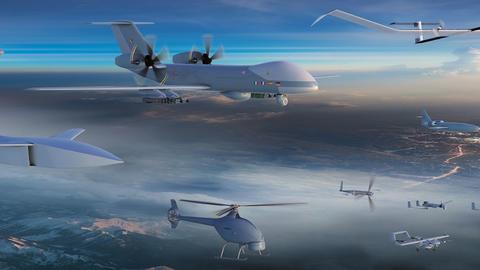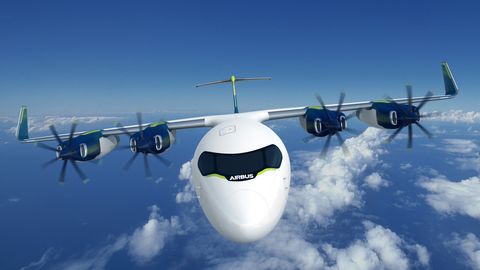Pioneering automated flight systems
PUTTING SAFETY FIRST
Over the last 100 years, as the aerospace industry has emerged, evolved and improved, automation and autonomous technologies have played a key role in helping us increase the safety of our products and their operational efficiency.
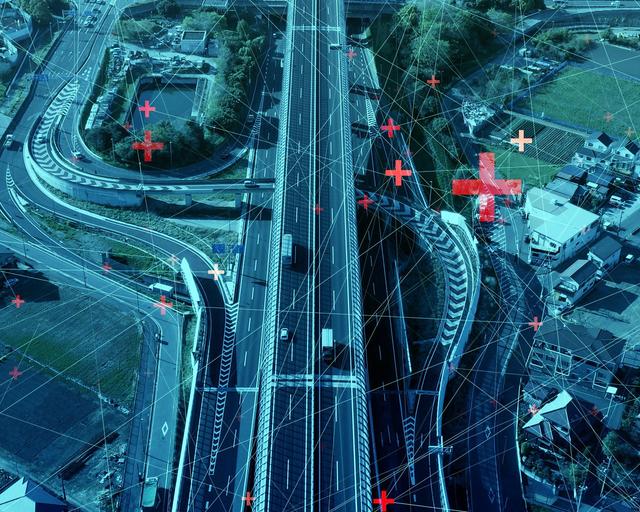
Assisting flight operations safely and efficiently
Emerging technologies, systems and solutions, assist flight operations in a crucial role: they are the tools that will enable the aerospace industry and its customers to thrive long into the future and they are equally essential to our vision: “to pioneer sustainable aerospace for a safe and united world.“
Whatever the level of “autonomy” (from automation systems to fully autonomous vehicles), we use these technologies to keep our products state of the art, improving the human/machine interface. We adapt the level of automation according to the market segments, products, environment and expected benefits to reach our shared goal: the safest and most efficient operations.
According to what we aim to achieve and the market expectations, we see the potential for diverse applications of autonomy, and we are preparing safety and operational improvements for all products as a result. Further, sustainability is a key driver for Airbus as well as a responsibility of both today's society and businesses. As we continue to grow and innovate as both an industry and an organisation, sustainability is a priority across our products with autonomy as a vital contributor to the future success of our market.
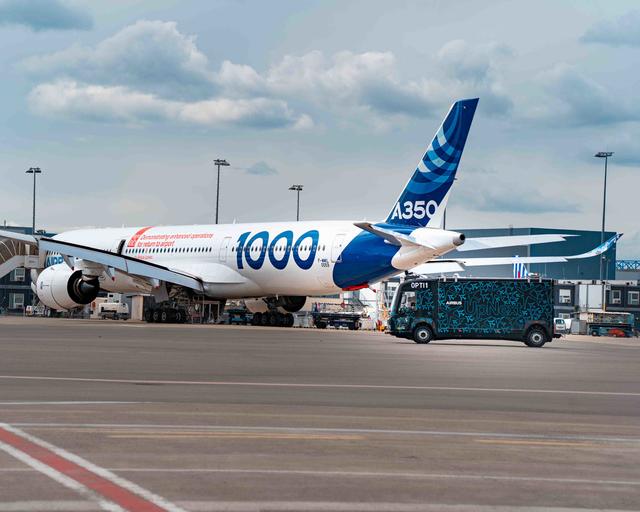
Optimate
Our projects
This demonstrator is testing new technologies to support automatic taxiing and enhance pilot assistance at airports. The three-year research project combines a wide range of cutting-edge technologies and is being tested onboard an innovative electric truck, before performing a fully automated gate-to-gate mission on an A350 flight test aircraft.
The latest in autonomous flight
In the spotlight
-
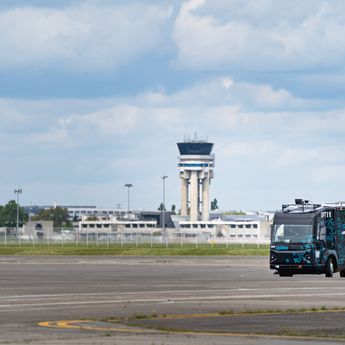
Press Release Innovation
New pilot assistance technologies take to the road with Airbus' Optimate demonstrator
New pilot assistance technologies take to the road with Airbus' Optimate demonstrator -

Web Story Defence
Aerial refuelling without human intervention
-

Press Release Defence
Airbus achieves in-flight autonomous guidance and control of a drone from a tanker…
-
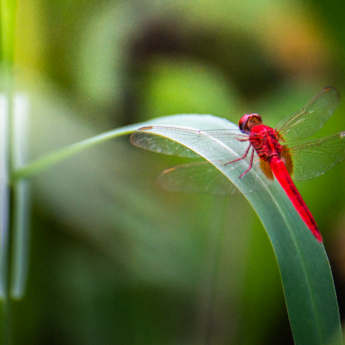
Web Story Innovation
Could the humble dragonfly help pilots during flight?
-

Press Release Innovation
Airbus concludes ATTOL with fully autonomous flight tests
